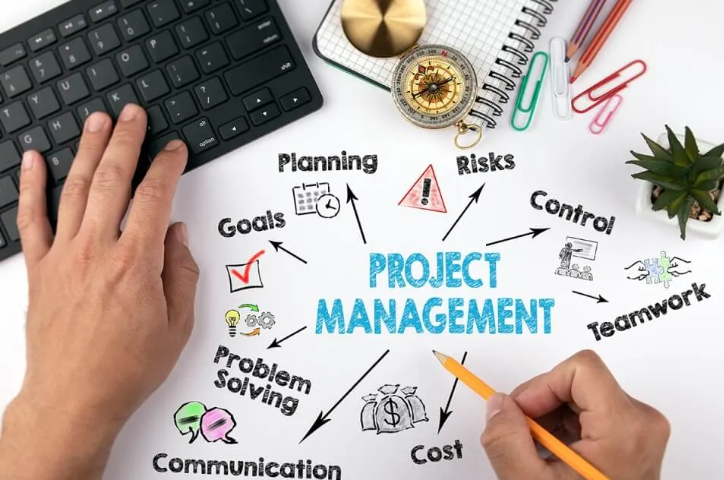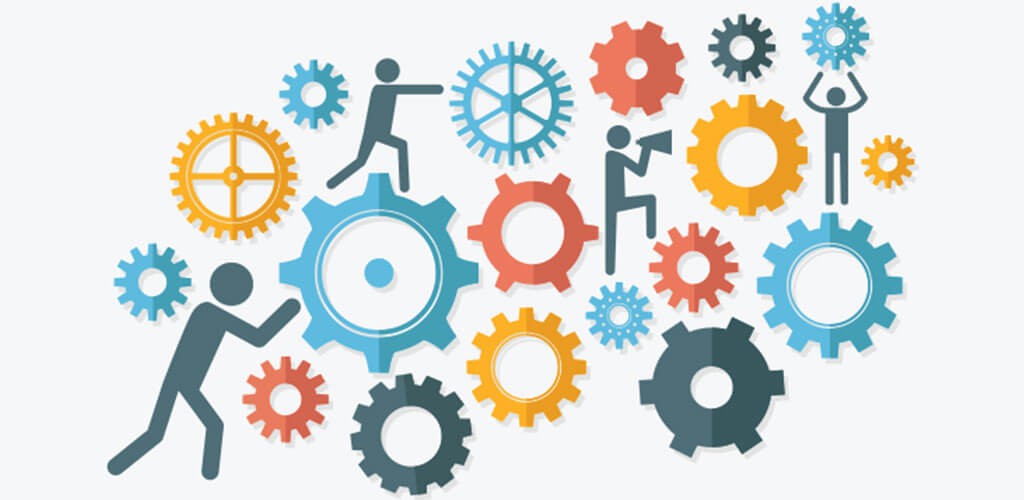Service
Furniture
Creating flexible, ergonomic, collaborative, space-efficient, and socially responsible environments is crucial across various sectors including office spaces, hospitality venues, institutional settings, and contract projects. By integrating adaptable furniture arrangements, ergonomic designs, and innovative technology solutions, these environments can cater to diverse needs and preferences while promoting productivity, comfort, and well-being. Emphasizing collaboration through open layouts and multipurpose areas fosters creativity and teamwork, while also optimizing space utilization. Moreover, incorporating sustainable materials and energy-efficient practices aligns with social responsibility goals, reducing environmental impact and enhancing the overall quality of the workspace experience. Whether it’s designing dynamic office spaces that encourage interaction, crafting inviting hospitality settings that prioritize guest satisfaction, or creating institutional environments that promote learning and innovation, prioritizing flexibility, ergonomics, collaboration, space efficiency, and social responsibility is essential for shaping environments that meet the evolving needs of modern society.

Architectural Products

flooring
laminate . hardwood, engineered wood, carpets decks, low-profile access, pvc vinyl, anti-static false, vitrified . ceramic
lighting
office, hotel, outdoor
mattress & bedding
pocket spring, coil, natural latex, pillows, duvets, towels bathrobes, and mats
ceiling
acoustic, vaulted tray and cove . false
accessories
wallpaper, art work, sculptures, planters . showpieces
Architecture & Interior Design
Space programming, space planning, conceptual design, branding, design development, material selection, 3D perspectives, animation, and services coordination are integral components of creating well-functioning and aesthetically pleasing environments across various industries. From initial conceptualization to final execution, each stage requires meticulous attention to detail and collaboration among designers, architects, and stakeholders. Space programming ensures that spaces meet the functional requirements of users, while space planning optimizes layouts for efficiency and flow. Conceptual design and branding establish the overall vision and identity, while design development and material selection bring concepts to life with practicality and style. 3D perspectives and animation provide immersive visualizations, aiding in communication and decision-making. Finally, services coordination ensures seamless integration of utilities and systems, culminating in spaces that inspire and engage occupants.


Design & Build
Estimating, program management, value engineering, design documentation, site study, contracting strategies, construction administration and management, and move management are essential facets of the construction and project management process. Estimating involves accurately predicting costs and resources required for a project, while program management ensures coordination and alignment of various project elements. Value engineering seeks to optimize project value while minimizing costs. Design documentation translates conceptual ideas into detailed plans for implementation. Site studies assess site conditions and constraints, informing design and construction decisions. Contracting strategies define the legal and financial framework of the project. Construction administration and management oversee project execution, ensuring quality and timeliness. Move management facilitates smooth transitions into completed spaces, ensuring operational readiness. These components collectively ensure successful project delivery from inception to completion.
Project Management
Planning, organizing, and managing resources are fundamental aspects of project management that contribute to beneficial change and added value. Effective planning involves setting clear goals, defining tasks, and establishing timelines to ensure the project progresses smoothly. Organizing involves allocating resources efficiently, including manpower, materials, and finances, to meet project requirements. Managing resources involves monitoring progress, addressing challenges, and adapting plans as needed to optimize performance. By executing these processes diligently, project managers can drive beneficial change by delivering results that exceed expectations and add value by maximizing efficiency, minimizing costs, and enhancing outcomes.


Project Execution (Turn-key)
Planning, organizing, and managing resources are fundamental aspects of project management that contribute to beneficial change and added value. Effective planning involves setting clear goals, defining tasks, and establishing timelines to ensure the project progresses smoothly. Organizing involves allocating resources efficiently, including manpower, materials, and finances, to meet project requirements. Managing resources involves monitoring progress, addressing challenges, and adapting plans as needed to optimize performance. By executing these processes diligently, project managers can drive beneficial change by delivering results that exceed expectations and add value by maximizing efficiency, minimizing costs, and enhancing outcomes.

